Often overshadowed by more popular African destinations, Tanzania is home to amazing landscapes that include famous features like Mount Kilimanjaro and Lake Victoria. An underrated gem known for its dense forests, the country’s vast areas of wilderness allow visitors to catch a view of the Big Five game animals while on a safari.
The second-largest country in East Africa, Tanzania is considered one of the friendliest and safest countries in Africa to visit. With beaches, national parks, plenty of lakes, and 61.5 million citizens (as of 2021) waiting to welcome you to their nation, Tanzania should be added to your bucket list.
Karibu – Welcome to Tanzania!
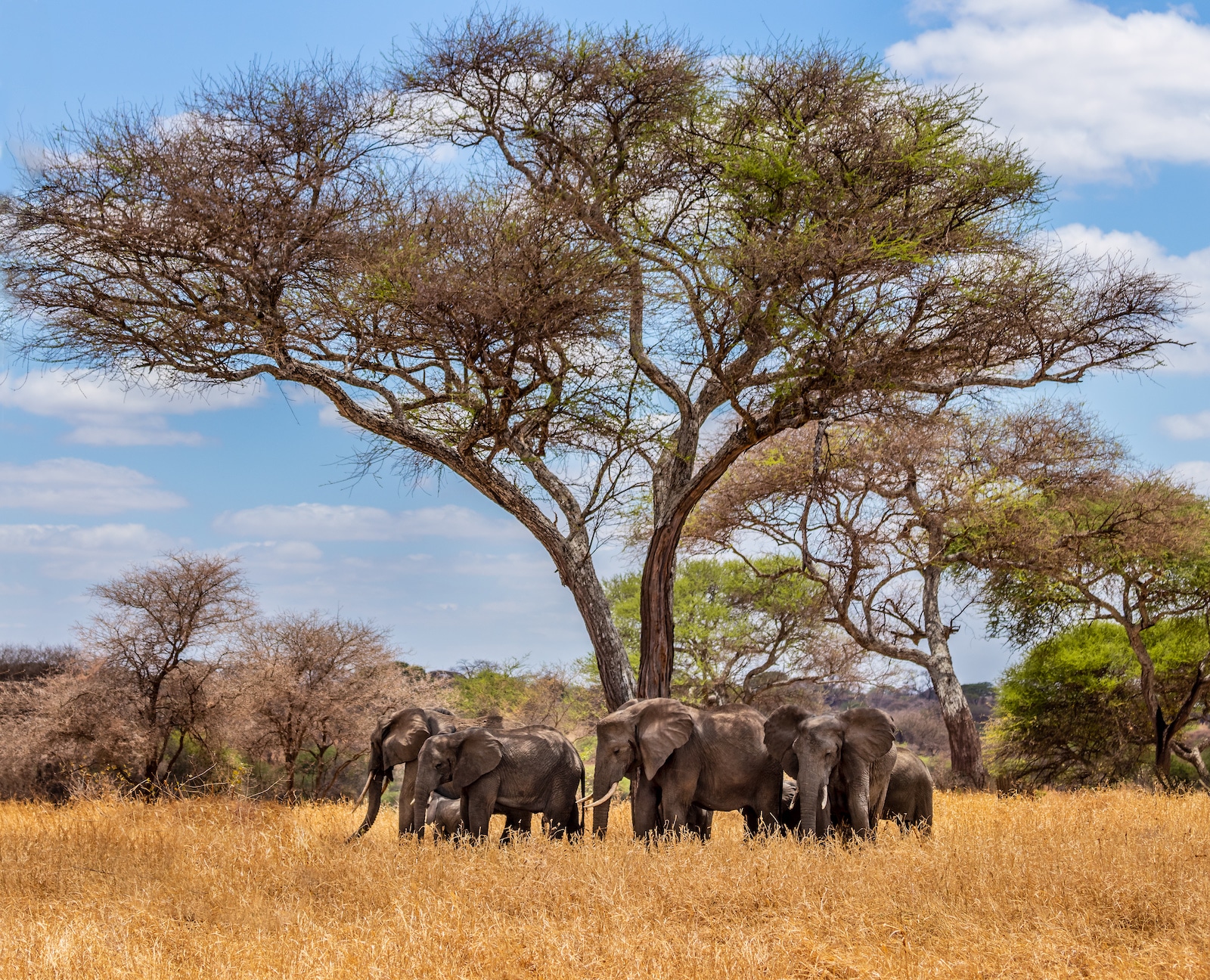
Fewer crowds and more wildlife make Tanzania the ideal location for nature enthusiasts. Visitors can explore the African plains in Serengeti National Park or climb Africa’s tallest mountain in Kilimanjaro National Park.
Smaller areas like Ruaha National Park also provide plenty of opportunities to catch a glimpse of the area’s famous wildlife. Hugging the Indian Ocean, most travelers are unaware of Tanzania’s coastal beauty. With over 885 miles of coastline, the country is also home to several islands and the Zanzibar Archipelago.
Further inland, Tanzania is a flurry of cultures and traditions. Some of the most famous groups of people that call Tanzania home include the Chaga people and Maasai warriors. With song and dance, Tanzanians will welcome you to their country with warm hearts and open arms.
Tanzania’s capital, Dodoma is all work and no play. With dozens of government buildings and often forbidding photography, it’s not normally a tourist highlight. Originally, Dodoma was custom-built for Tanzania’s parliament, although most officials only visit the city when the government is in session.
- Culture and Language
- Spending Budget
- Safaris
- How to Get Around
- Top Cities to Visit
- Points of Interest
Culture and Language

While Tanzania is still hidden from mainstream tourists, the country’s history is significant in the story of human evolution. Home to “The Cradle of Mankind”, Olduvai Gorge in Tanzania is where Louis Leakey found prehistoric stone tools and fossils in 1959.
Nearby, the Laetoli footprints were discovered by Louis Leakey’s wife, which are estimated to be over 1.8 million years old. These sites have been essential in understanding our story and connecting the dots between our ancient ancestors. Beyond the story of our ancestors, Tanzania’s history is mostly situated around the coast.
Tanzania History
Acting as a point of contact between Arabia and East Africa, the coast helped develop the rest of the country, which was once known as Tanganyika. European influences began to change Tanzania in the late 1800s when Germany took interest in the land. Shared with Britain, the country was divided into two parts – British East Africa and German East Africa.
Germany’s hold over Tanzania broke after the end of World War I when the British blocked them from providing assistance to the country. By World War II, there were fears that Germany could claim Tanzania again with Hitler in power. For the country to develop, Tanzania needed to rely less on imported goods and gain independence.
In 1961, the territory once called Tanganyika gained its independence and was renamed Tanzania. Unfortunately, the country has struggled to thrive and over a quarter of the country lives below the poverty line. Other issues in the country include development and lack of education, which has prevented Tanzania from becoming a developed nation.
Zanzibar History
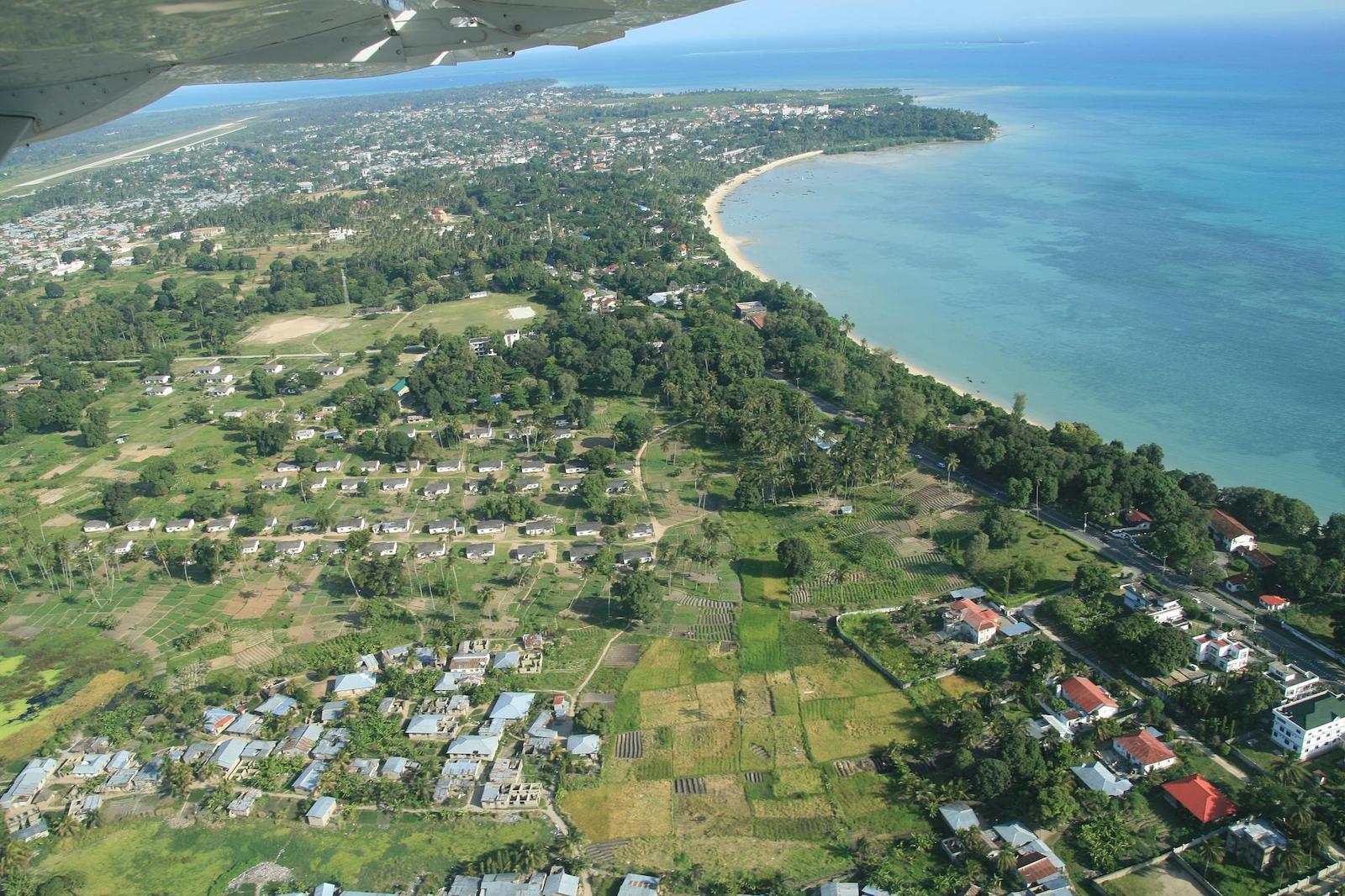
Similar issues are present in Zanzibar, which has a slightly different history from mainland Tanzania. Zanzibar was greatly influenced by the Arabic people as well as the British, who claimed the archipelago as their protectorate. By 1963, the islands became independent and established a constitutional monarchy.
However, a close relationship with mainland Tanzania was always maintained and it led to the two nations uniting. Just a year after gaining independence, Zanzibar created a political reunion with Tanzania and the two officially became known as the United Republic of Tanzania and Zanzibar. To this day, the country remains closely linked to Tanzania.
Tanzanian Culture
Culture in Tanzania is complicated because it’s Africa’s most diverse country. While Swahili culture is dominant throughout the country, there are hundreds of local tribes living in Tanzania and each one has its own traditions and culture.
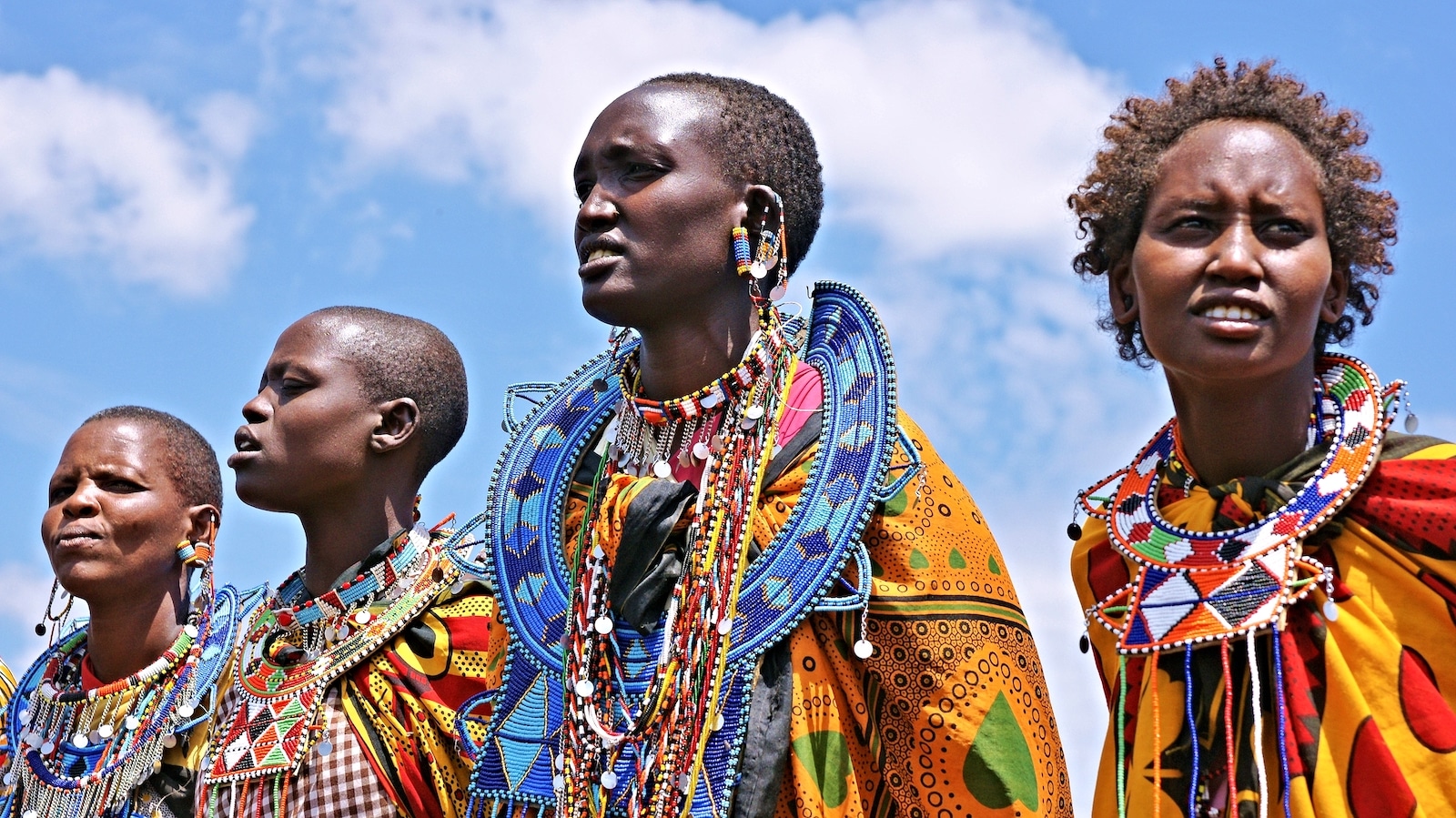
The Chaga people are a famous ethnic group in Tanzania, who came from Bantu dependents. The group lives beneath Mount Kilimanjaro in the foothills and is known for being expert agriculturalists.
Another famous ethnic group in Tanzania is the Maasai people, who are most well-known for their warriors. The Maasai people live nearby the African Great Lakes. Most visitors will notice the group’s distinct clothing and unique culture. However, those are only two groups of hundreds.
Official Language
Throughout all Tanzania, there are over 130 spoken languages. The country’s official language is Swahili followed by English. However, the vast majority of Tanzanian people only speak Swahili as English is more commonly used by government officials.
Yet, Tanzania’s growing reliance on tourism means that the popularity of the language is becoming more prominent in the country. Especially in popular tourist areas, the local people will likely speak English as the tourist attractions have helped create jobs to boost the economy.
Spending Budget

When it comes to estimating a spending budget for your trip to Tanzania, you will likely come across a wide range of numbers. While a trip can be expensive, how much you spend will come down to which experiences you decide to book. Safaris are the main attraction in Tanzania, but prices can be exorbitant.
For budget travelers, finding places to stay and things to do in Tanzania will be difficult. Planning your spending can help you prepare for your trip to Tanzania and help you estimate the total cost. The most important things to consider are airfare, accommodation, food, drink, and transportation as well as the price of a safari.
Airfare
Tanzania is not a budget-friendly destination and flights are no exception. Most travelers will spend over one thousand dollars for a plane ticket leaving the US.
While you may find cheaper tickets during the off-season, you should still expect to pay a lot. The tourist high season in Tanzania is when the weather is dry, which occurs from June to October.
Accommodations
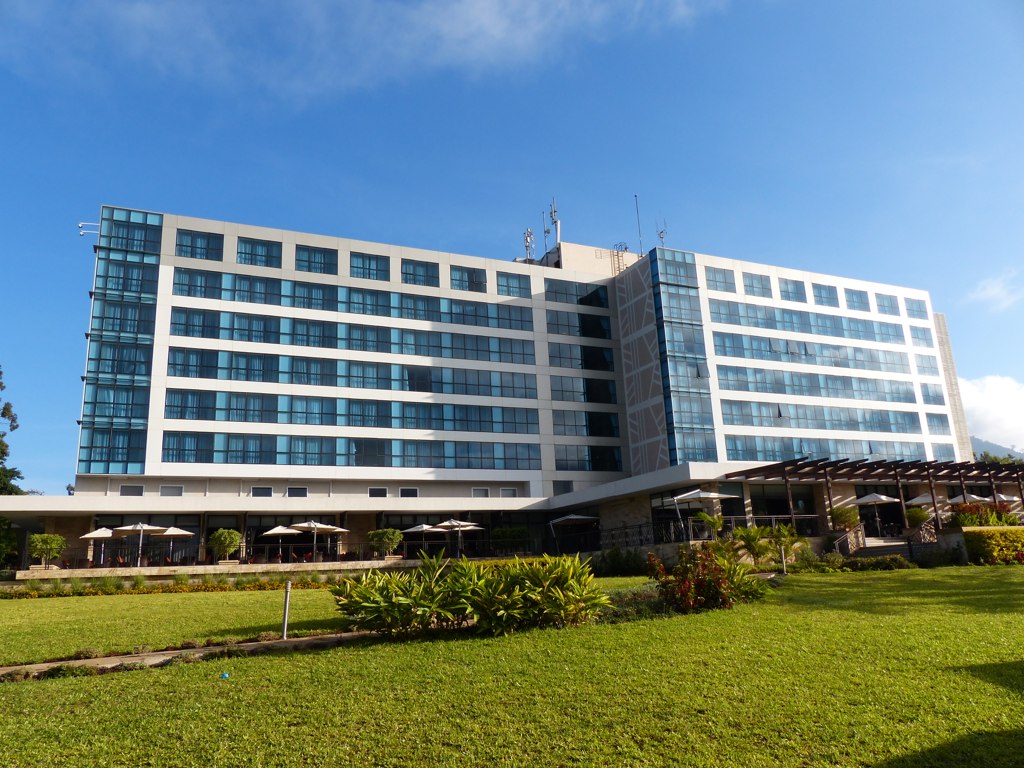
Finding accommodation in Tanzania is also tricky because prices are often very high. The most affordable options will be moderately priced but will have basic or minimal amenities. Nicer places will be closer to one hundred dollars, meanwhile, luxury options at safari lodges can cost hundreds or thousands per night.
Tanzanian Food
Most accommodation options do not include the price of food unless you have booked an all-inclusive safari experience. Tanzanian cuisine is not very famous, but it’s certainly a unique experience for travelers looking to dive into the local culture. Rice is a staple ingredient in many dishes, but meat and fish are also an important part of local diets.
Mchuzi wa samaki is a white fish that’s been drenched in a sauce made of curry powder, vegetables, and lemon juice. Another fish-based dish that’s instead steeped in coconut milk is called wali wa nazi. While it’s delicious with fish, wali wa nazi can also be cooked with chicken and meat.
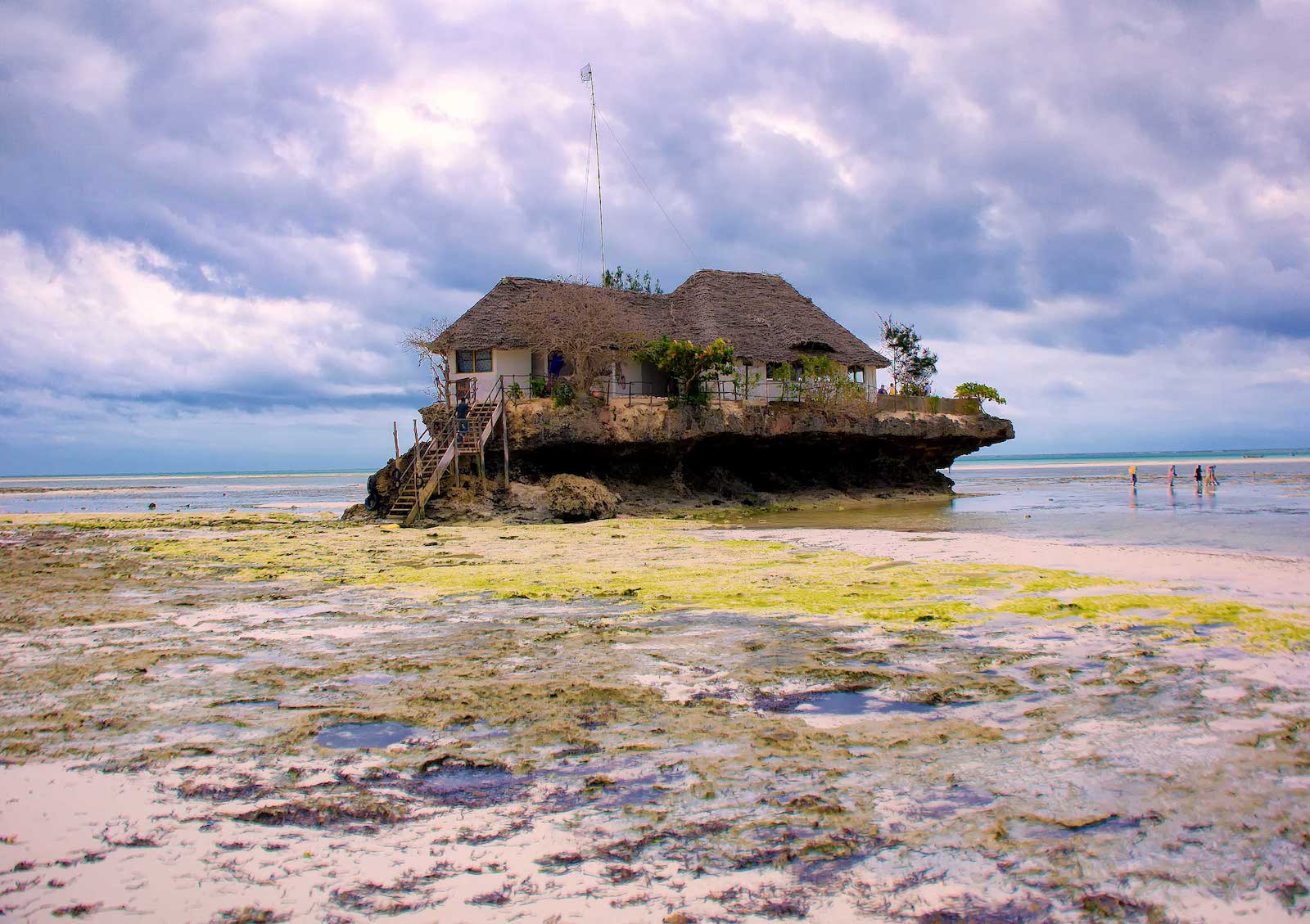
Chipsi mayai is one of the most unique dishes in Tanzania, which combines eggs and French fries. The dish is commonly served as street food and it is like an extra crispy egg omelet with a few French fries thrown into the mix. For a small snack, you might want to try mandazi, a type of Tanzanian bread.
Finally, everyone should try Zanzibar pizza, which can be made with sweet or savory flavors. One way you can save on your budget is with food, which is very inexpensive throughout the country. In local establishments, most dishes cost a few dollars, however, in touristy areas, you can expect prices to be higher.
Additionally, for those interested in drinking, be aware that alcohol is rather inexpensive and won’t add too much to your overall food budget.
Safaris
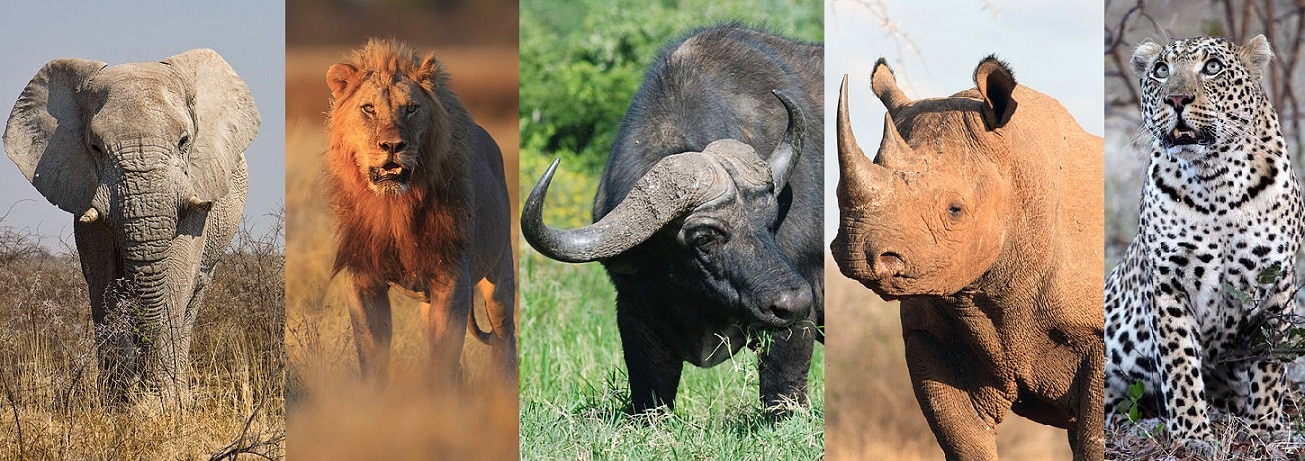
Whether you’re visiting Tanzania only to go on safari or you simply want to throw one into your mix of experiences, you need to be prepared to pay the high cost of park fees and tour guides. Costing hundreds per day, the vast majority of people choose to go on a safari for a week.
Costing a few thousand dollars, a longer trip gives you plenty of chances to catch a glimpse of Africa’s Big Five game animals (lion, leopard, elephant, rhinoceros, and Cape buffalo). Travelers who are on a budget may be able to find a safari that’s a little cheaper, although it will probably be only for a day or two.
Luxury safaris are by far the most costly and will cost an extravagant amount. Those who have no concern for a budget can enjoy a top-notch experience for tens of thousands of dollars.
How to Get Around
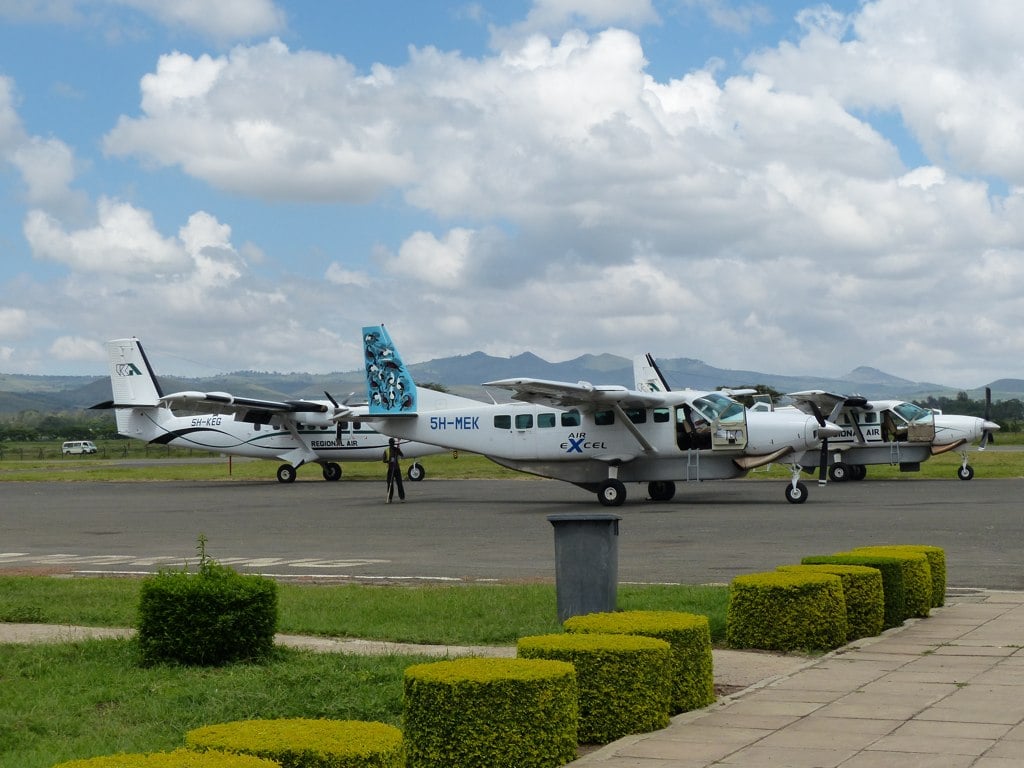
Another big expense during your trip will be the cost of transportation. Domestic flights are the fastest way to get around but not the most affordable option. Buses are affordable but not very reliable. Driving yourself can be a hassle, but if you can afford it, a private driver is an alternative option.
Flights
For travelers who are willing to board small planes to travel quickly, domestic flights are the best option for getting to all your must-see Tanzanian destinations. There are multiple domestic airlines that service the country and they can fly all around the mainland or to Zanzibar.
Buses
Travelers on a budget should use the local buses to get around the country. While the buses have a wide network of routes, they are not always the most reliable with schedules and they are often overcrowded.

However, the introduction of express buses has improved the system and travelers’ experiences. Long-distance traveling costs more but considering that some bus rides can be up to 15 hours long, the prices are very affordable.
Private Drivers
Without experience, driving in Tanzania can be downright scary. Private drivers are an option for tourists who want a reliable and less crowded way to get around the country. While short transfer distances are more affordable, private cars that take you on tours to game parks or reserves may charge over one hundred dollars for their services.
Trains and Ferries
Other ways to get around Tanzania include trains and ferries. Trains are more convenient and faster than buses and they cost about the same. Ferries are an option if you want to visit some of the islands in Zanzibar.
Top Cities to Visit
Unlike most countries where the capital is the star, Tanzania’s most popular cities to visit are far from Dodoma. With a range of landscapes and attractions, visitors of all kinds will have plenty to enjoy while exploring. From the coast to the African Great Lakes, here are the top cities to visit in Tanzania.
Stone Town
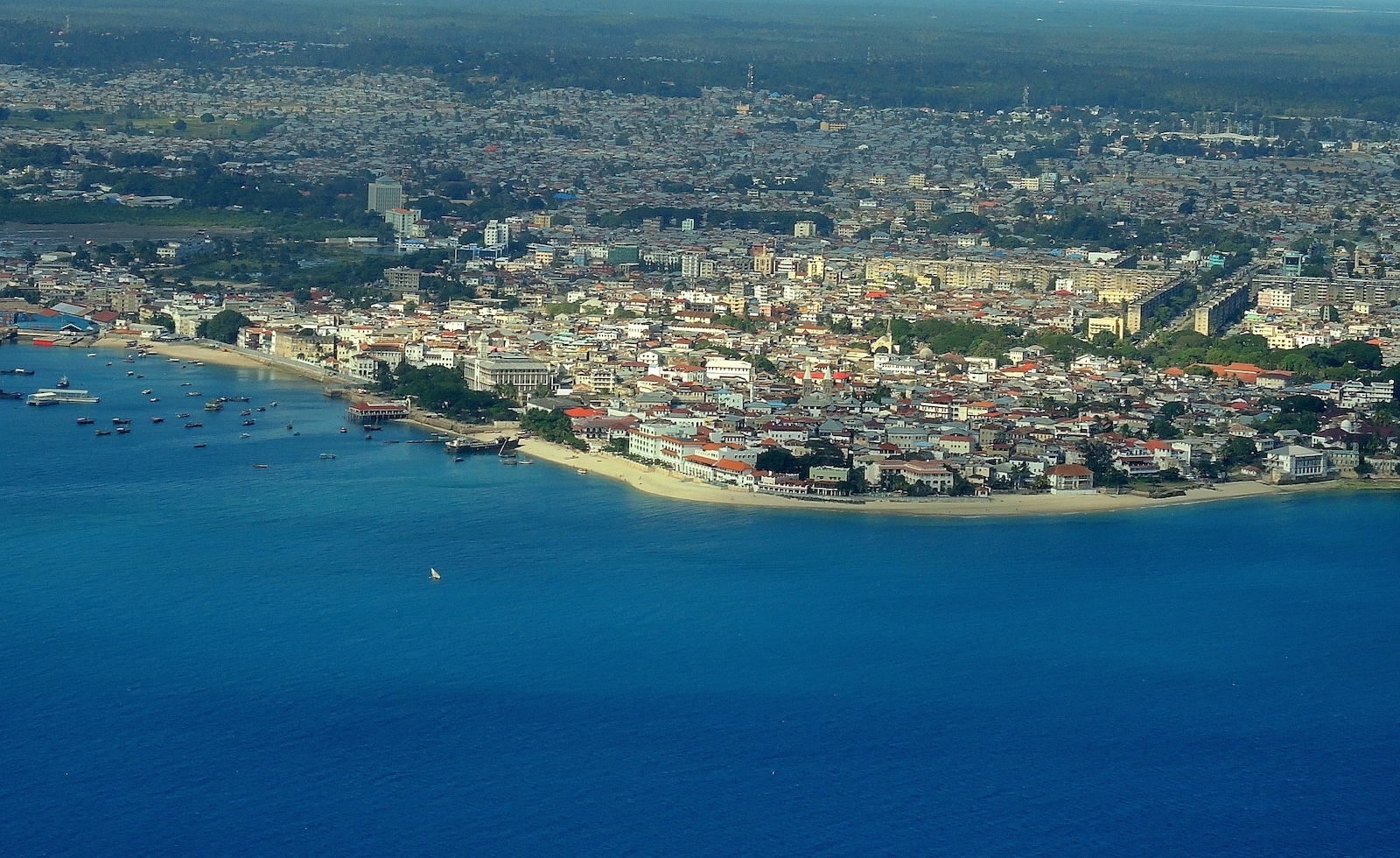
Located in Zanzibar, Stone Town is a UNESCO World Heritage Site, which is an old trading port. The crumbling architecture of the town makes the destination unique, but beautiful.
In Stone Town, tourists can explore the local culture and see how foreign influences have combined with local traditions. Some of the town’s most notable attractions include the House of Wonders, Old Fort, and Christ Church Anglican Cathedral.
Dar es Salaam
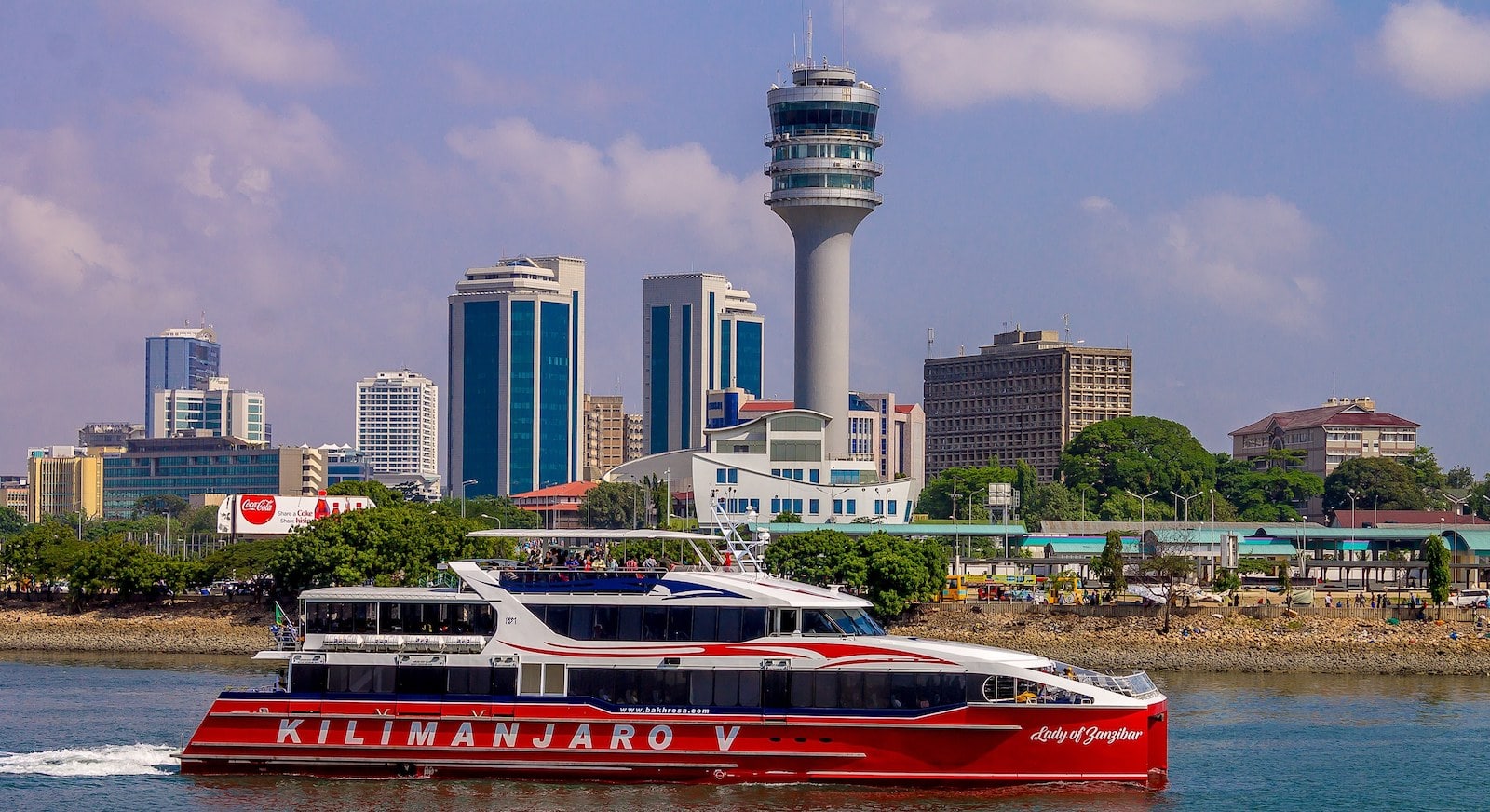
Acting as the mega port city in Tanzania, Dar es Salaam is a popular tourist destination. The country’s largest city and home to over 2.7 million residents (as of 2022), most international tourists will arrive in Dar es Salaam, as the international airport is located just outside of the city center.
With a busy waterfront, Botanical Gardens, and National Museum, there’s plenty to see and do in this city.
Moshi

Sitting at the base of Africa’s famous Mount Kilimanjaro, Moshi is the go-to town for people who will be or have climbed the mountain’s peak. Moshi is also a region that is known for its production of coffee.
For those who are not focused on climbing Mount Kilimanjaro, other activities in the area include horseback riding, camping, and hiking. Other highlights include the Kikuletwa Hot Springs, Lake Chale, and Materumi waterfalls.
Points of Interest
While some cities have become popular attractions, most people visit Tanzania for its famous points of interest. Offering visitors plenty of chances to spend time outdoors, there are plenty of hot spots to visit. From wildlife parks to mountains, here are some of Tanzania’s favorite tourist destinations.
Serengeti National Park

Shared with Kenya (Masai Mara), Serengeti National Park is the most famous conservation area in Tanzania. It’s also the place where most people choose to go on safari. This park is famous for being the location where more than one million wildebeest make their annual migrations.
There are also over 2,500 lions within the park, you’ll have your best chance of viewing the King of the Jungle. The best way to explore Serengeti National Park is by booking a safari through the nearby lodges and cabins.
Mount Kilimanjaro

A major attraction for world-class climbers, Mount Kilimanjaro is an icon in Tanzania and the African continent. At the base of the peak is the Kilimanjaro National Park, which can provide chances to view local wildlife like elephants.
If you want to climb Mount Kilimanjaro, you need to train. But for those who aren’t skilled climbers, don’t worry, there are shorter pathways that go partially up the peak that also provide great views of the landscape below.
Mafia Island
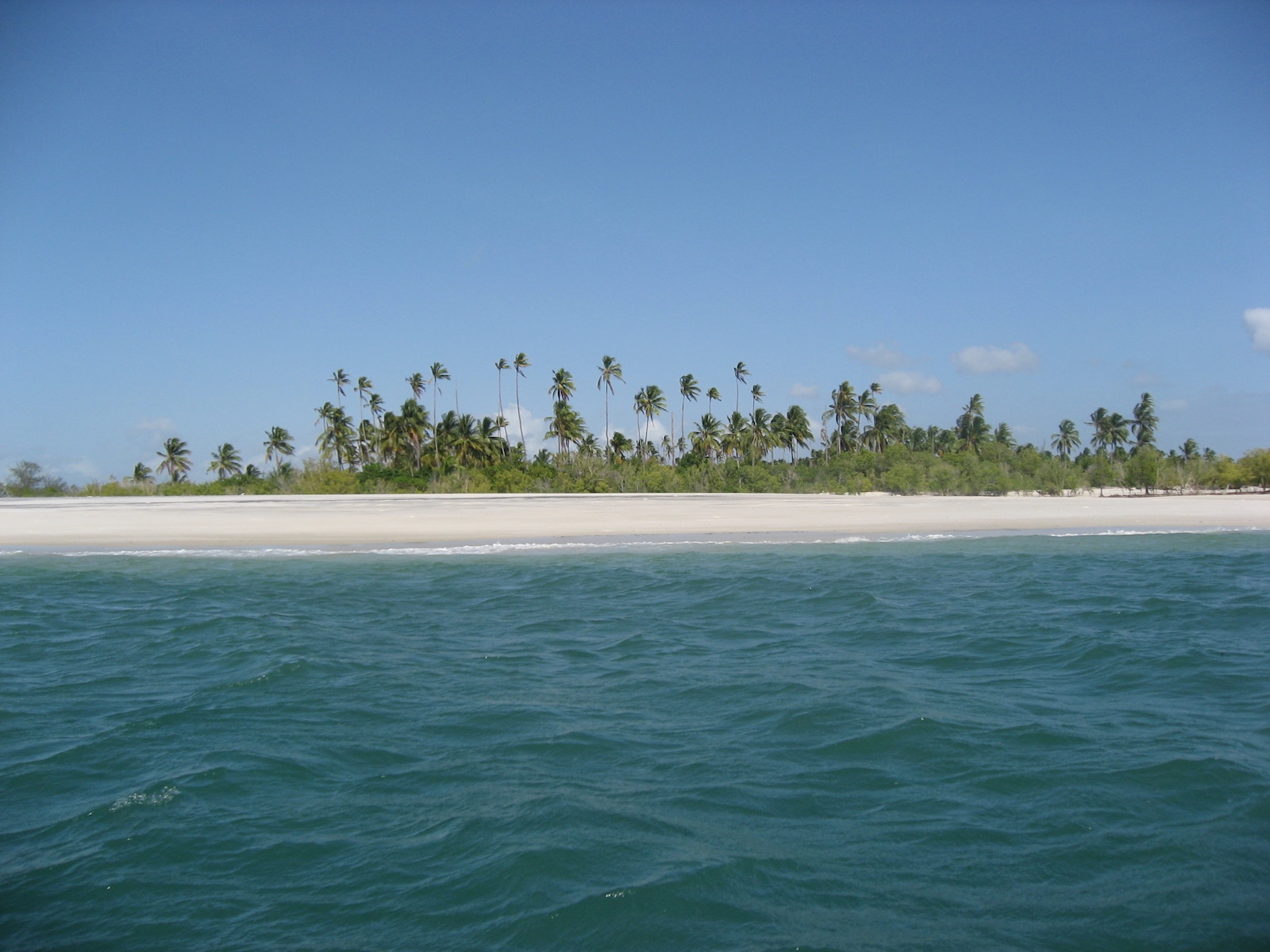
Mafia Island is a world-famous scuba diving and snorkeling destination. The Mafia Island Marine Park is the main attraction and the protected waters give explorers the chance to see rare ocean wildlife like sea turtles and whale sharks. Beautiful beaches also line the island with Ras Kisimani being one of the most popular destinations.
Ngorongoro Conservation Area

Home to the Ngorongoro Crater, this conservation area is famous for having a high density of lions. Other wildlife species include black rhinos, hyenas, leopards, and cheetahs. Guided tours are available, and they are the best way to venture through the area.
Ruaha National Park

For a chance to see giraffes, you will want to head to Ruaha National Park. Less crowded than the more popular Serengeti National Park and Ngorongoro Conservation Area, this park gives you an excellent opportunity to the wild side of Tanzania.
With sightings of cheetahs and even lions, this park is an excellent choice for travelers who want to avoid hordes of tourists.
Lake Manyara National Park
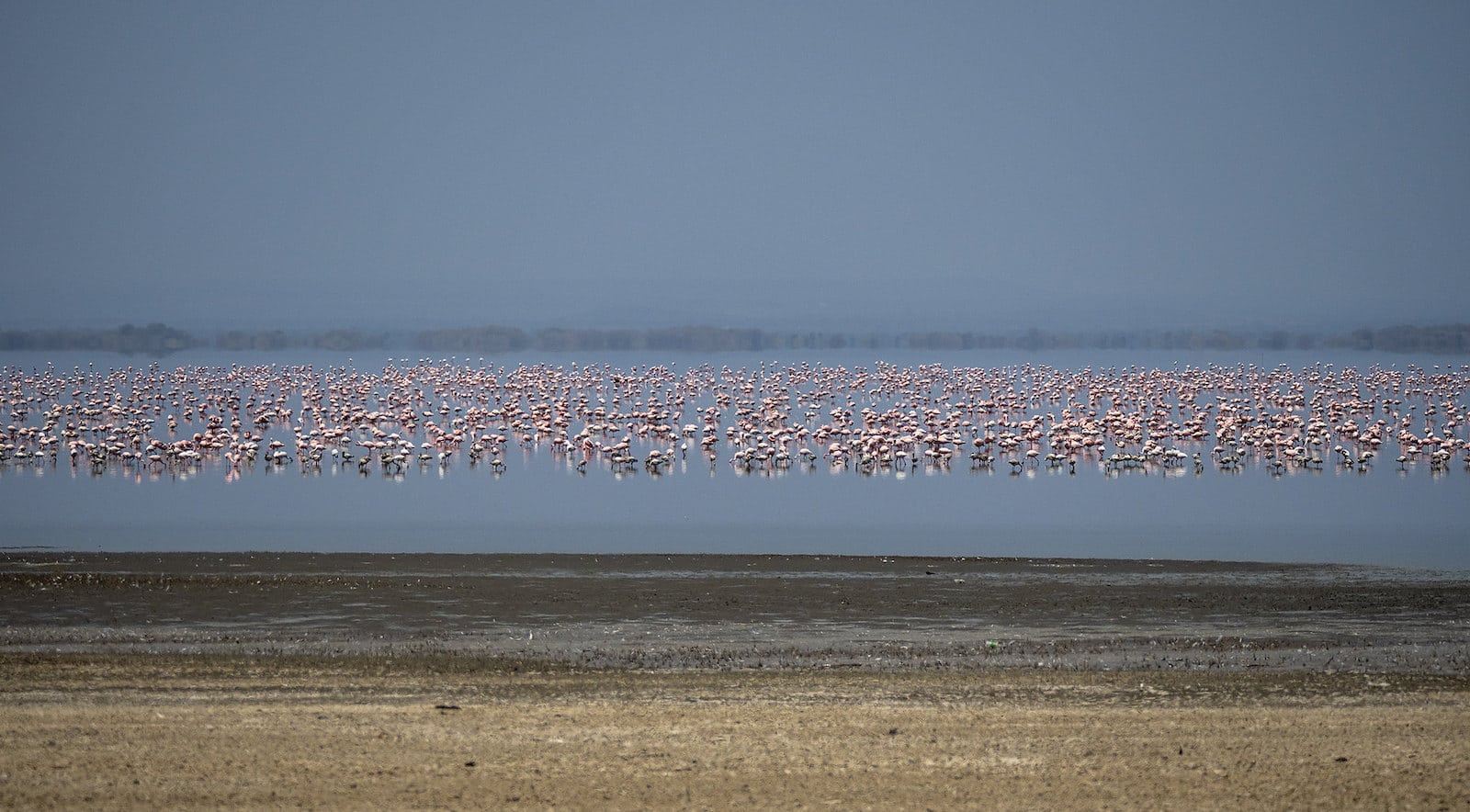
At the heart of this national park is Lake Manyara, which takes up more than one-third of the area. However, this freshwater resource is crucial for the local wildlife, which means that your chances of spotting an animal are almost guaranteed. The best time to view the local wildlife is from June to September.
Arusha National Park

This national park is most famous for being the site where Mount Meru is located. While the mountain is the main attraction, guests can also explore the park and even try a new experience.
Unlike most of Tanzania’s parks where it’s only safe to travel on a safari, the Arusha National Park is a prime spot for avid hikers and climbers. Guides are popular options for people who want to take a walking safari.
Lake Natron

Lake Natron is deadly to most animals because of the high pH levels and chemicals. However, one animal that flourishes in the area is the lesser flamingo. Many people want to view this unique lake with their own eyes and view the large flocks of flamingos, which use the area as a breeding ground.
However, the flamingos are not annual visitors, so you will have to time your visit just right. Usually, the flamingos are spotted once every three to four years.
Mikumi National Park
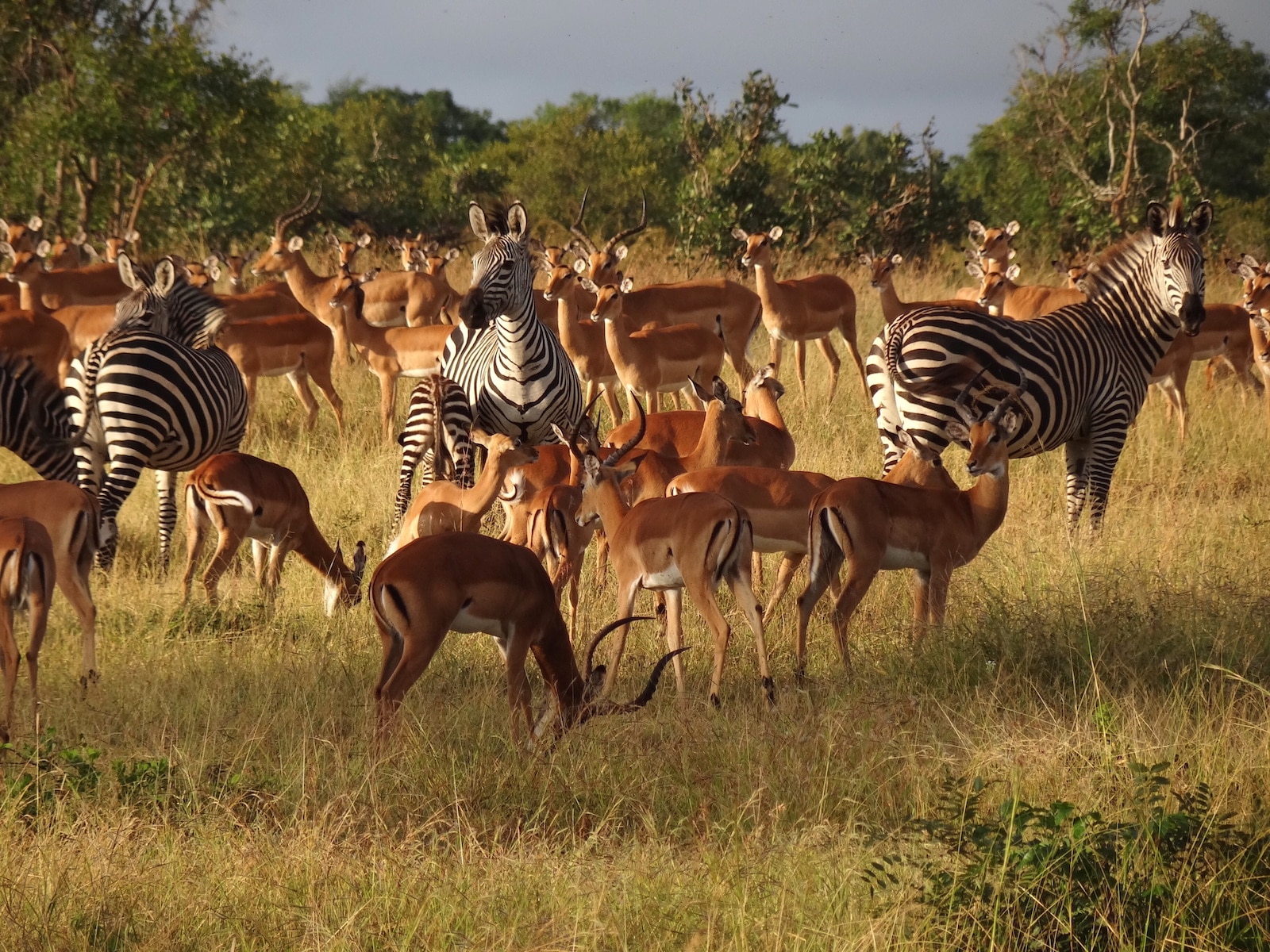
With plenty of flat grasslands, Mikumi National Park has an incredible landscape where it’s easy to spot wildlife from a distance. As a safari-only destination, you’ll need to have an approved guide take you through the park.
Some of the best wildlife sightings include giraffes and unique midget elephants. With shorter tusks, these elephants have mostly avoided poachers, which means that they are able to flourish in this beautiful park.
“Uhuru na Umoja” (“Freedom in Unity”)

As the location of some of Africa’s icons, Tanzania is one of the best countries to explore. With fewer crowds than some of the other African nations, but home to famous national parks, Tanzania is the ideal location to go out on safari.
There are dozens of opportunities to tour the natural landscape and when you aren’t watching the wildlife, you can soak up the local culture and cuisine.


 What Is Dominican Republic Most Famous For?
What Is Dominican Republic Most Famous For?